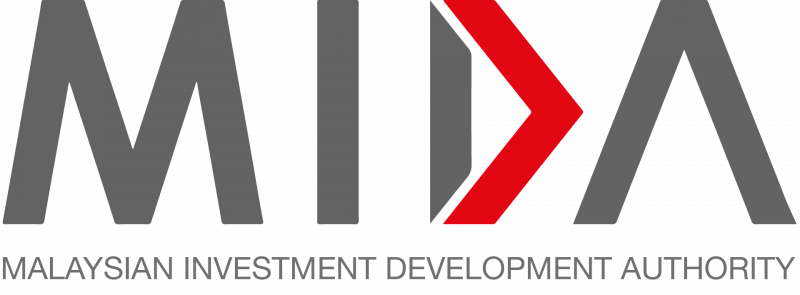Selangor has set up a 0.6 hectare semiconductor intergrated circuit (IC) design park here as part of Malaysia’s plans to move up the value chain in the semiconductor industry and “Made by Malaysia” ambitions.
“We are proud to officially launch the Malaysia Semiconductor IC Design Park, three months after its initial announcement at the KL20 Summit in April. This remarkable progress within such a short time frame highlights the swift execution and unwavering commitment of all stakeholders involved,” Selangor Information Technology & Digital Economy Corporation (Sidec) CEO Yong Kai Ping.
The Malaysia Semiconductor IC Design Park, set up in collaboration with the federal government, international semiconductor firms, and venture capitalists, aims to position Malaysia as a potential powerhouse in the global IC design industry.
The strategic initiative is designed to leverage Malaysia’s technological capabilities and resources, fostering innovation and advancing the country’s reputation in high-tech manufacturing and design.
The park site was meticulously chosen after an extensive evaluation process among the locations in Klang Valley.
The process considered key factors essential for semiconductor companies, such as size, power capacity, building status, office fittings, potential for future expansion, and public transport accessibility.
The park is designed to house more than 400 IC design engineers from five local, international, and JV IC design companies.
It includes anchor tenants Maistorage, Skyechip, Weeroc, AppAsia ChipsBank, SensoremTek Sdn Bhd and supported by ecosystem partners such as BlueChip VC, ARM Holdings, Cadence Design System, Synopsys, Siemens EDA and Keysight and Shenzhen Semiconductor Association.
Economy Minister Rafizi Ramli who was present at the launch, said the country needs to focus on developing its own semiconductor design capabilities rather than just relying on imported chips.
He outlined the federal government’s strategic direction to enhance the entire semiconductor ecosystem, covering both upstream and downstream sectors, with a particular emphasis on original design manufacturers (ODM).
“The country is currently receiving significant investment into data centres, but data centres also require ODM. Therefore, the government is looking at the entire ecosystem to complete it.”
“As this ecosystem takes place, data centers in Malaysia will begin to consider “Made by Malaysia” chips. That is the consideration the federal government is looking for,” he said at the launch.
Selangor Menteri Besar Datuk Seri Amirudin Shari said that Selangor does not aim to be a bit-part player in the semiconductor space, but intends to see semiconductors of the future with the label “Made in Malaysia, Designed in Selangor”.
“This should be our aim. This is our rallying call. This is crucial if we want to make Selangor Malaysia’s first 500 billion ringgit economy in the coming three years,” he said.
“The primary goal of the park is to promote original design manufacturing, encouraging local involvement in product design, prototyping, and production.”
“This project is not just about infrastructure; it is about creating opportunities and driving growth,” he added.
The park’s promoters are actively recruiting skilled candidates with degrees in electrical & electronics engineering, mechanical engineering, mechatronics, and computer science, offering highly competitive salaries.
Entry-level positions start between RM5,000 and RM6,000 for fresh graduates, while individuals with a master’s degree or extensive industry experience can earn up to RM7,000.
Source: NST
Selangor launches 0.6ha chip design park as part of “Made by Malaysia” ambitions
Content Type:
Duration:


